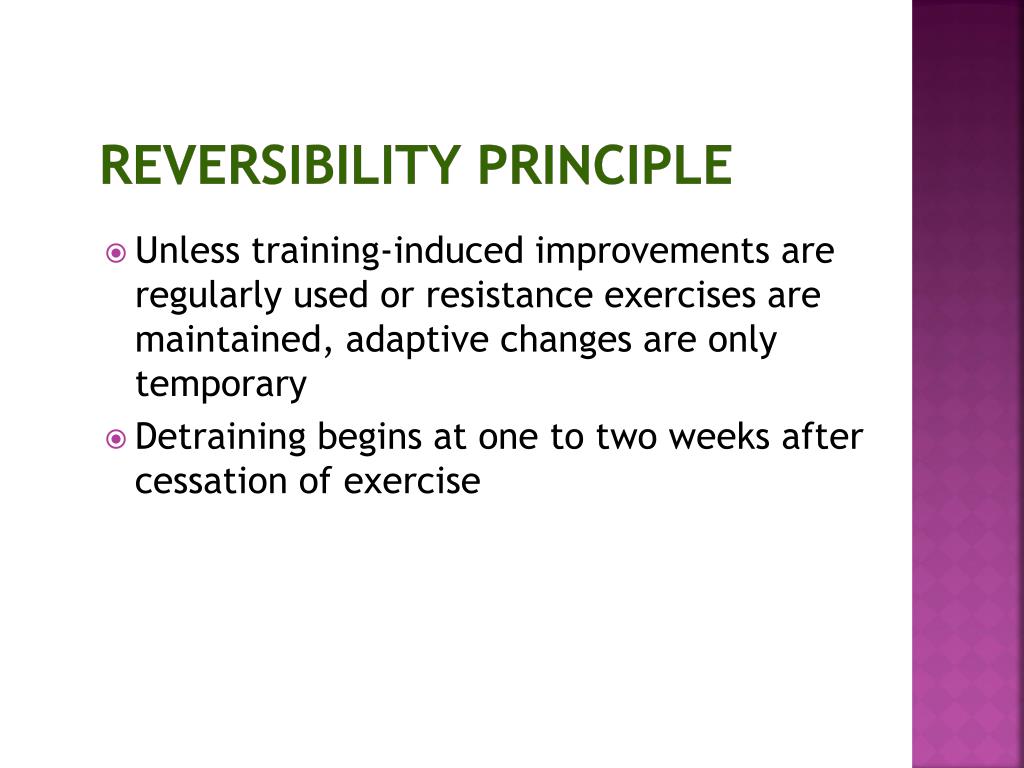
Laguna Hills, CA: QPT Publications.Ĭopyright (c) 2002 - 2010 United States Sports Academy. Understanding the Scientific, Theoretical and Practical Basis of Weight Training. Modern Training for Ultimate Athletic Development. NSCA-National Strength & Conditioning Association. Essentials of Strength Training and Conditioning. Phosphofructokinase: Varies during aerobic and no change or varies during anaerobic.īaechle, T.R.Lactate dehydrogenase: Varies during aerobic and no change or varies during anaerobic.Creatine phosphokinase: Increases during both aerobic and anaerobic.Myokinase: Increases during both aerobic and anaerobic.Stored Glycogen: Increases during both aerobic and anaerobic.

Stored Triglycerides: Increases during both aerobic and anaerobic.Stored ATP: Increases during both aerobic and anaerobic.Stored Creatine Phosphate: Increases during both aerobic and anaerobic.Tendon strength: Increases during both aerobic and anaerobic.Ligament strength: Increases during both aerobic and anaerobic.Collagen content: Varies during aerobic and may increase during anaerobic.Bone density: No change or increases during both aerobic and anaerobic.Mitochondrial density: Decreases during anaerobic and increases during aerobic.Type II muscle fiber subtype conversion: Almost all convert to type II during anaerobic and majority convert to type II during aerobic.Fast heavy chain myosin: Increases during anaerobic and no change or decreases during aerobic.Fiber size: Increases during anaerobic and no change or increases slightly during aerobic.Capillary density: No change or decreases during anaerobic and increases during aerobic.Percent body fat: Decreases during aerobic and anaerobic.
SAID PRINCIPLE FITNESS FREE

Optimal adaptations reflect careful planning, implementing and performance of conditioning and strength programs. Specific adaptations observed in athletes are directly related to the quality and specificity of the aerobic & anaerobic stimulus within their training programs.


The SAID Principle is the bases for physiological changes due to the imposed demands of the specific training stimuli.Īn athlete must design a training program in order to meet the needs of their specific sport. Specific adaptations are known to take place in the human body in response to specific types of stimuli. The SAID Principle, the principle of specific adaptations to imposed demands is the foundation for sport specific training. There are many basic principles of physical training an athlete must utilize for optimal results within their training program. Ric Esposito, Chair of Sports Medicine, USSA


 0 kommentar(er)
0 kommentar(er)
